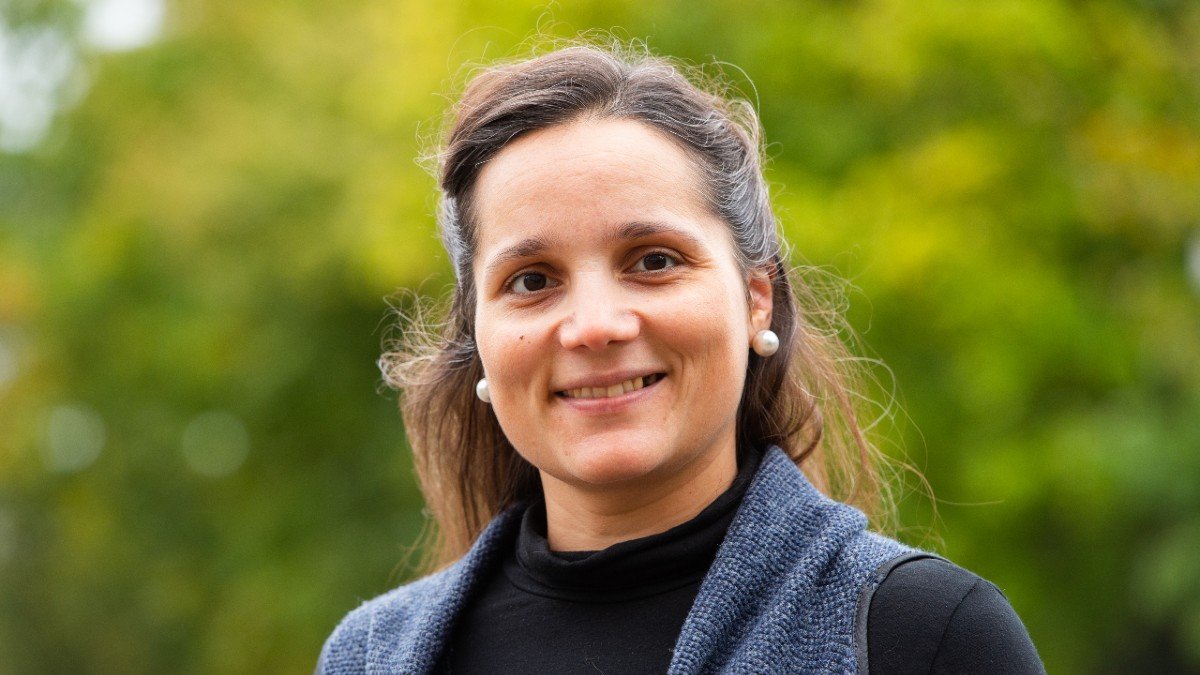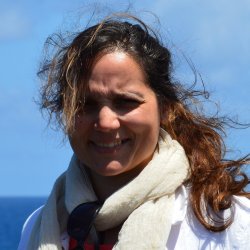Sustainability at Surrey: COP27 Water Day
There’s growing awareness of the dangers of plastic pollution to our oceans, but little is known about the impact of nano-plastics. Dr Maya Al Sid Cheikh, an expert in environmental analytical chemistry, is on a mission to find out how these tiny contaminants are affecting marine life and human health.

Dr Maya Al Sid Cheikh
What are you researching?
I’m investigating nano-plastics – tiny particles of plastic (less than 1 µm in length) which are released into the environment from commercial products and the breakdown of larger pieces of plastic litter.
Until now, it’s been impossible to discover how these nano-plastics behave, where they end up and their impact on the environment, but the radiolabelling method I’ve developed enables us to do this. The technique involves inserting a small amount of radioactive carbon into plastic nano-particles which can then be tracked as we simulate different scenarios in the lab.
Our research has already shown that scallops absorb these contaminants and that, over time, there can be a very high accumulation of plastic. We’re now looking at other environments where nano-plastics accumulate, such as in crops where fertilizer from wastewater is used, and we’re also exploring the long-term effects of the accumulation of nano-plastics and what other contaminants they potentially carry.
Last year we were awarded over £700,000 by the Natural Environment Research Council to construct an Applied-RadioIsotope and Environmental Laboratory (ARIEL) at Surrey. This new national facility will enable us to learn much more about the devastating impact of nano-plastics.
What got you interested in this area of research?
As a child growing up near La Rochelle in France I loved to spend my summer days at the beach. I always noticed the discarded plastic containers on my way there and used to collect them and put them in the bin: it struck me that these plastics would never disappear from our planet. This memory was one of the main motivations behind my decision to later work in the field of environmental science and pollution.
Why is your research so important, and what impact could it have?
While plastic pollution is big news – partly because of the emotional pull of the images we see of animals in jeopardy – nano-plastics are less well-known but equally dangerous. The accumulation of nano-plastics has implications on biodiversity and on public health as these contaminants are absorbed into the food we eat. The labelling method can help us to provide solutions which will enable us to limit exposure to nano-plastics.
I think in terms of nano-plastic pollution we can learn from climate change – we should not wait until we are at crisis point before we act.
With news that the world is close to irreversible climate breakdown, what are your reasons for staying hopeful?
The younger generation give me hope: they are more sensitive to environmental issues and I believe will take more action to solve the huge challenges we face.
Find out more about our research in chemistry and discover our courses.
